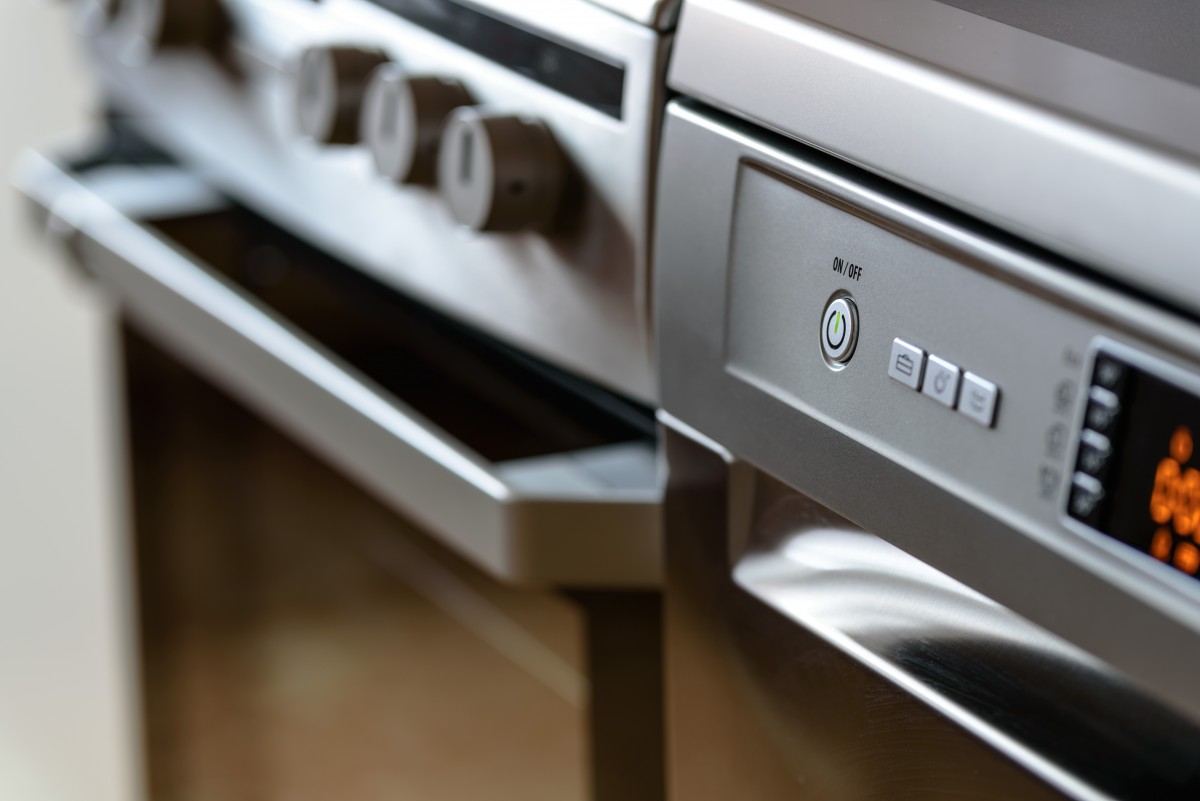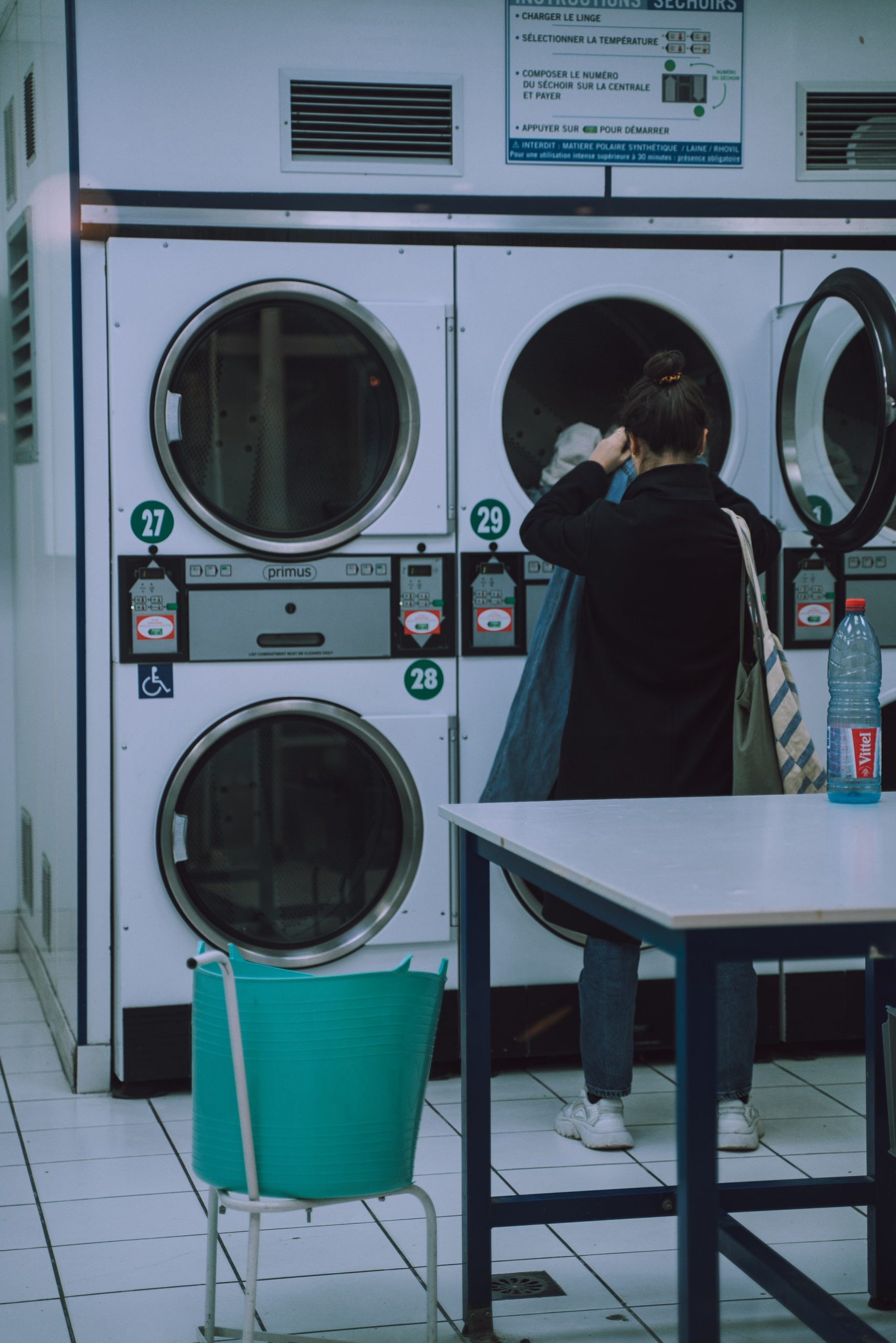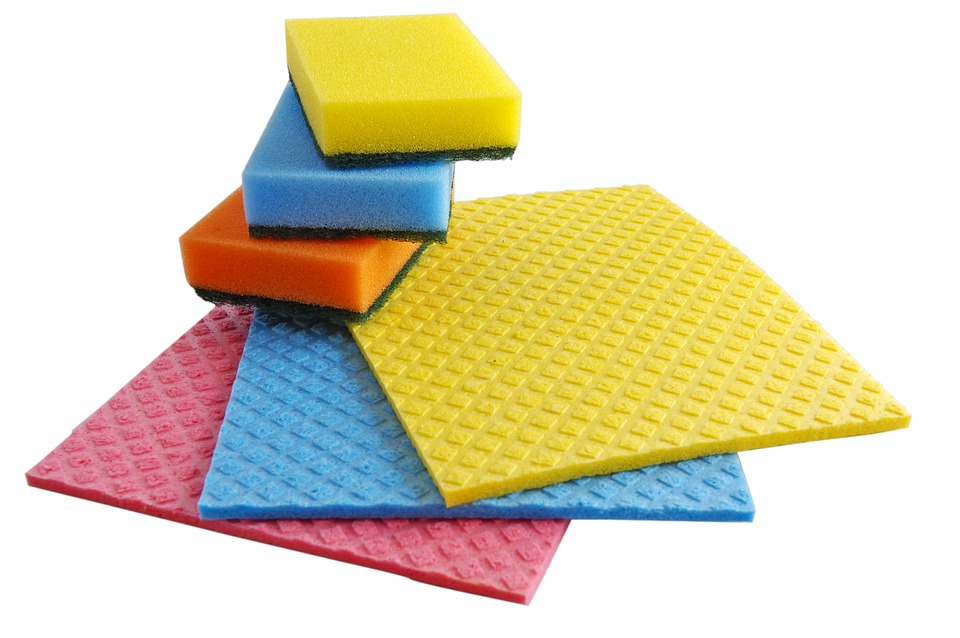3 Steps to Clean Your Oven
Contents
Maintenance tips
Step 1: Clean the oven glass
Step 2: Case 1: Cleaning a traditional oven manually
Step 2: Case 2: Cleaning an oven by pyrolysis
Step 2: Case 3: Cleaning a catalytic oven
Step 3: Cleaning the oven rack
The oven is used several times a week for its ease of use and for cooking different dishes. It can be independent or included in a stove.
There are 3 types of ovens:
- catalytic ovens;
- pyrolysis ovens
- smooth enamel.
Depending on the type of oven, a few simple steps are enough to keep it clean, odorless, and in good working order. The cleaning frequency varies according to the degree of dirtiness: once a month for regular use or every week for intensive use.
Here is how to clean an oven according to its type.
Maintenance tips
Do not cover the walls of your oven with aluminum! You should avoid this stain removal method as it can damage the oven’s enamel.
A “fresh” stain is easier to remove than a dry one, so wipe the stain away as soon as possible!
Finally, never clean the seals with a cleaning product. They could be damaged prematurely, which would affect the proper functioning of your oven. In addition, replacing them is expensive!
1. Clean the oven glass
There are products specifically designed to clean the glass of an oven. However, these products are expensive, corrosive, and must be handled carefully.
It is easy to replace these products with baking soda for effective ecological cleaning.
Mix a small amount of water (just enough to moisten the baking soda) with a cup of baking soda powder to make a paste.
Spread this paste on the oven glass.
Leave it on for a few hours, up to overnight.
Remove the paste with a sponge and soapy water.
Rinse with a sponge and clean water.
Wipe with a soft, dry cloth.
For even more effectiveness, you can combine baking soda with white vinegar:
After 3 hours of application, spray white vinegar on the layer of baking soda.
Leave it on for a few more hours.
Rinse with a sponge soaked in clear water.
Dry with a soft, dry cloth.
Good to know: this method can be applied to the oven glass, even pyrolysis.
2. Case 1: cleaning a traditional oven manually

Note: if you are unsure whether your oven is smooth enamel, refer to the appliance manual and follow the cleaning instructions.
You will have to clean it manually if you do not have a catalytic or pyrolysis oven. This cleaning is recommended every 3 months. There are several ways to do this.
Be careful: do not use the abrasive surface of the sponge because it would damage the oven enamel!
The degreasing cream
After cooking, unplug the oven when the temperature has returned to normal.
Take a damp sponge and the biodegradable degreasing cream.
With the sponge soaked in the cream, clean the oven’s walls to remove grease and dirt.
When all traces have been removed, rinse the oven’s borders with the sponge soaked in clear water.
Note: this method is also effective on the oven door.
Oven stripper
Spray the stripper on the entire wall.
You can also spray it on the glass.
Leave it on for the time recommended by the manufacturer.
Rinse with a damp sponge.
Heat the oven for a few minutes without using anything.
Baking soda
Mix a small amount of water (just enough to moisten the bicarbonate) with a cup of baking soda powder to make a paste.
Spread this paste on the walls of the oven, including the glass.
Leave it on for a few hours, ideally overnight.
Remove the paste with a sponge soaked in soapy water.
Rinse with a sponge and clear water.
Wipe with a soft, dry cloth.
This ecological method allows you to do without expensive cleaning products that are sometimes harmful to the environment!
For even more efficiency, you can combine baking soda with white vinegar:
After 3 hours of application, spray white vinegar on the layer of baking soda.
Leave it on for a few more hours.
Rinse with a damp sponge: the result is impeccable!
Dry with a soft, dry cloth.





1 Comment
[…] Sound off in the comments section below and tell us what you want to read next and if you want to read more about cleaning up after a disaster. […]